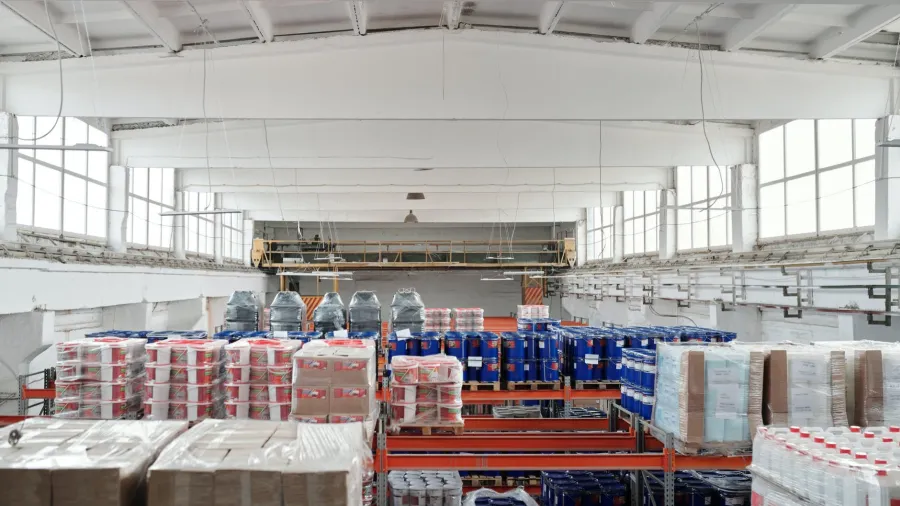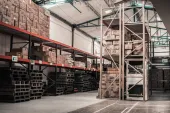
These two sectors dominate Perth’s industrial occupier activity
These sectors combined account for 81% of overall take-up recently.
The Western Australia’s top-performing sectors in the last 12 months were related to industrial and logistics space demand. According to JLL, the labour market has recorded double-digit growth from the logistics and manufacturing sectors – highlighting the strength in business conditions within these sectors.
JLL adds, “Interestingly, the bulk of occupier activity within the Perth industrial & logistics market comes from these two sectors (representing a combined 81% of take-up over the 18 months to June 2021). The increase in employment levels within the two sectors is related to a significant improvement in warehouse and logistics space demand.”
Here’s more from JLL:
Historically, both sectors have dominated industrial & logistics occupier demand in the Perth market. Over the 10-year period to 2019, leasing activity from the transport, postal and warehousing sectors represented 38% of overall occupier activity, with the manufacturing sector representing 13%.
The two sectors still dominate the make-up of overall activity; however, their dominance has become more prevalent in recent times. Between 2020 and 1H21, the transport, postal and warehousing sectors represented 57% of occupier activity, with the manufacturing sector representing 24%.
The rapid rise of the e-commerce sector, stemming from a structural shift in how and where consumers shop, has become a dominant force within the retail sector. Online sales, which as a proportion of overall retail sales increased from 9.6% in 2020 to 13.9% in August 2021, is expected to increase to 20% by 2025, based on the latest NAB online retail sales index report (August 2021).
Nevertheless, Australia’s e-commerce penetration rate is still below the global average of 18%. As e-commerce continues to grow, so does the demand for industrial & logistics space. This is due to a rising need for warehousing and distribution centres stemming from a diverse range of businesses associated with food production, cold storage, leisure, and healthcare.
The manufacturing sector has also been a significant contributor to Perth industrial occupier activity. Between 2020 – 1H21, the manufacturing sector represented 24% of overall industrial space take-up, compared to the long-term average of 13%.
A surge in demand within the mining and construction industries is driving the manufacturing sector resulting from increased activity in technical areas such as steel, timber and aluminium fabrication. As such, engineering construction activity in WA is up 13.2% y-o-y as of June 2021.
Moving forward, new manufacturing activity arising from industries such as food and pharmaceuticals may further propel growth in WA’s manufacturing sector. These industries that fall under the non-discretionary retail trade sector (otherwise known as consumer staples) underpin the long-run stability of the industrial & logistics sector and the associated cold storage sector.
We also expect a greater focus on solidifying WA’s end-to-end supply chain for critical products – from R&D for pharmaceutical and other critical products, manufacturing to storage and distribution. These initiatives are already underway by both the Federal and WA State Government, thus minimising WA’s international reliance and creating supply chain agility and resilience.



















 Advertise
Advertise




